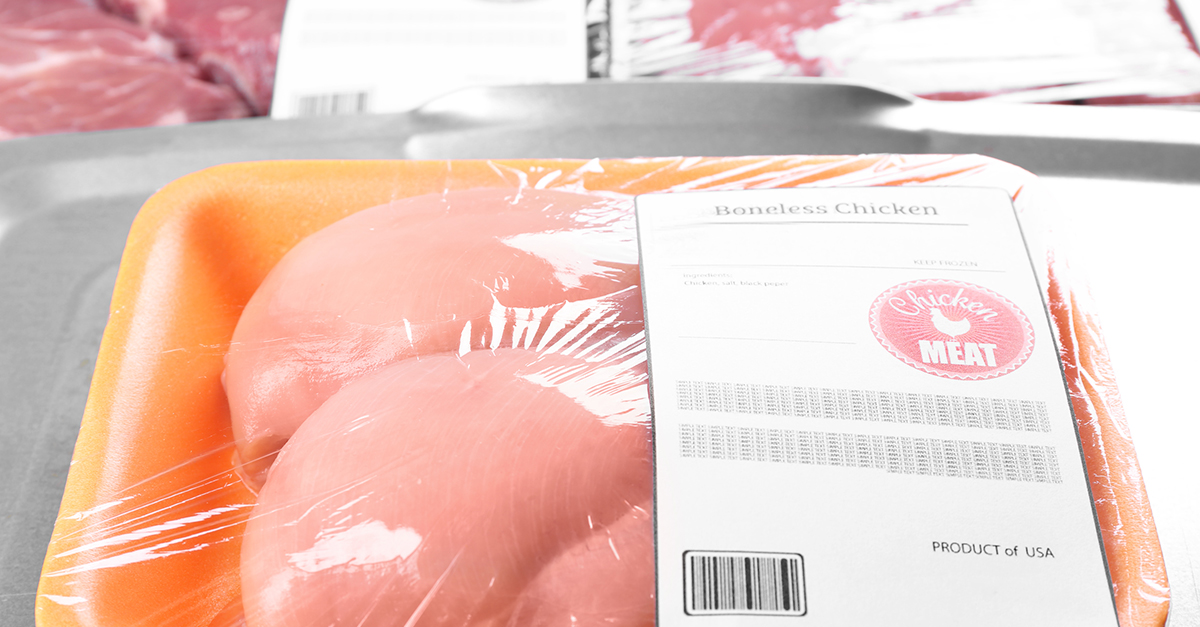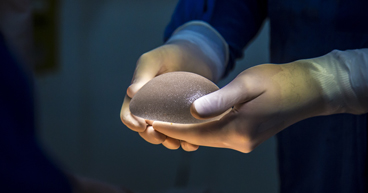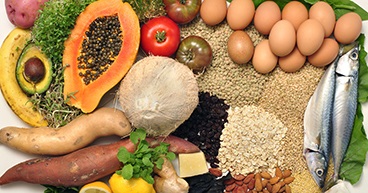
Microwaving your dinner on a plastic plate covered with cling wrap may be convenient, but as scientists learn more about how foods and our bodies absorb some of the chemicals in plastic, new concerns are emerging. The worry is that some of these chemicals and their byproducts may act like hormones in the body, disrupting normal biological processes.
Plasticizers called “ortho-phthalates” are used throughout the food preparation and handling process, and studies suggest they sometimes migrate into food. Some tests have found high levels in chicken, cooking oil and cream-based dairy products, including cheese.
How did the chemicals get there?
They are used as glues and adhesives on packages and bags; as waterproof coatings on cans, in microwave popcorn bags and infused into cardboard; to make plastic foam; and to help make plastics soft and stretchy. They may be in the wrap and foam trays used to package meats at many grocery stores. They have been found in tubing used to collect milk, in some fast food containers, and in some plastic bottles and take-out containers.
Multiple studies have shown that U.S. consumers take in small amounts of these chemicals with their food on a daily basis, and that the chemicals are readily absorbed by the body—and, in most cases, quickly excreted.
This spring, several consumer groups asked the U.S. Food and Drug Administration to withdraw approval of 30 types of common plasticizers used in packaging and food-handling equipment, asserting that the chemicals and their metabolites often act like hormones in the body, affecting health and human development. The FDA is now taking public comment on the issue. Many types of these chemicals have been shown in some studies to mimic hormone properties and other toxic effects—some more than others, according to research assembled by the U.S. Consumer Product Safety Commission. Some phthalates seem to block testosterone and other male hormones.
Good for cancer patients
Reducing exposure when possible may be a good idea, especially for cancer patients, says Kalli Castille, Director of Integrative & Culinary Services at our Tulsa hospital. Paying attention to how food is stored and reheated is one easy change, she says. In 2010, the President’s Cancer Panel produced a report, “Reducing Environmental Cancer Risk: What We Can Do Now,” listing ways government, business and individuals can lower cancer risk. For individuals, it suggested reducing chemical exposures by storing and carrying water in stainless steel, glass or BPA-free containers, and microwaving food and beverages in ceramic or glass.
Heat from the cooking process causes some of the plastic to break down, allowing them to seep into the food, Castille says. “The simple tips of not reusing disposable water bottles, removing plastic wrap prior to heating and reheating foods in ceramic, glass and stainless steel are excellent ways to reduce daily exposure,” Castille says. Other ways to reduce cancer risk include avoiding tobacco, reducing exposure to radon and other radiation sources, exercising and maintaining a healthy body weight. Eating a nutritious, plant-based diet may also help.


